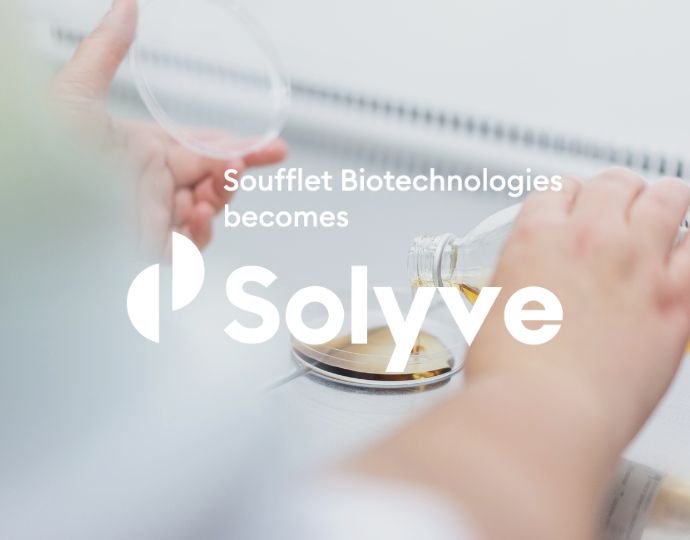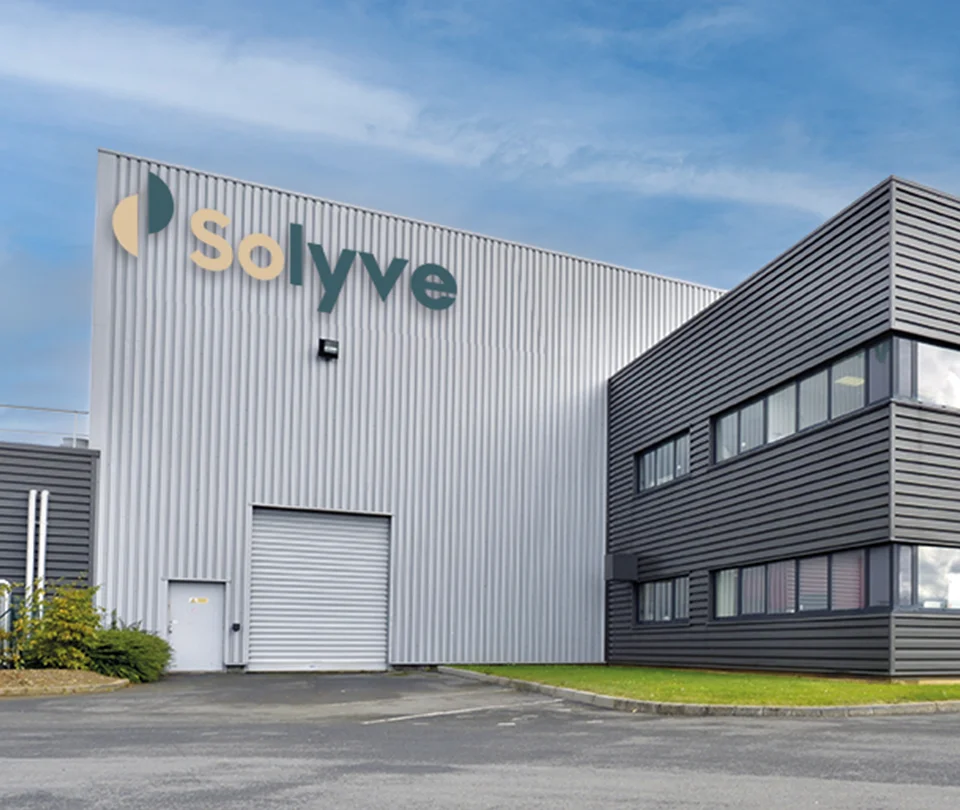What is Solid State Fermentation (SSF)?
What is Solid State Fermentation (SSF) and how does it work?
How does Solid State Fermentation (SSF) work? A 4-step process explained:
Step 1: preparation of the medium and culture
The first phase of the fermentation process involves setting up a medium in a fermenter that is conducive to the growth of a specific microorganism used for enzyme production. The medium is primarily composed of by-products from the agro-food industry, supplemented with nutrients. Meanwhile, the microorganism is cultivated at high concentrations to inoculate the medium (Inoculum).
Step 2: inoculation and development of the microorganism
This phase begins with the introduction of the microorganism into the medium. Under optimal conditions of humidity and temperature, it will develop and colonize the medium by consuming the available sugars necessary for its growth.
Step 3: nutritional stress and enzyme production
Once the microorganism has spread throughout the medium and consumed all available sugars, it needs to engage other mechanisms to survive in the absence of readily available nutrients. At this stage, it then produces enzymes to further degrade the medium. These enzymes, specific to the growth medium, are the molecules of interest that we valorize.
Step 4: extraction and purification
Once the enzymes have been produced in large quantities and fermentation has been stopped, the extraction/purification phase begins. The goal is to separate them from the growth medium and microorganisms using physical processes such as centrifugation, decantation, and filtration.
Why is Solid State Fermentation (SSF) interesting?
Solid State Fermentation offers several advantages. Firstly, it enables the production of complex enzymatic compounds. Unlike liquid fermentation, which mainly produces unicellular microorganisms such as bacteria or yeasts, solid state fermentation is well-suited for mycelial fungal organisms, which can produce complex enzymes through biochemical synergies and natural combinations. Secondly, this process is more water-efficient compared to liquid fermentation, requiring only minimal volumes of this natural resource. Finally, the enzymes obtained through Solid State Fermentation are natural and not genetically modified. Biotechnology derived from microorganisms provides promising solutions for various future industries.

You would like to have more information
on our enzymes? Find
solutions adapted to your needs and
download our technical sheets

27 October 2024
Join us at FIE 2024 and activate the magic of enzymes!

26 October 2024
Soufflet Biotechnologies is now Solyve!
About Solyve

Client closeness
Our team of experts is here to assist you in achieving your goals. We offer customized solutions across a wide range of food applications.

Formulation expertise
For 35 years, we have developed expertise that enables us to quickly recommend the best enzymatic solution for your needs.

Service quality and product reliability
Food safety, process control, and your satisfaction are at the heart of our daily priorities.


